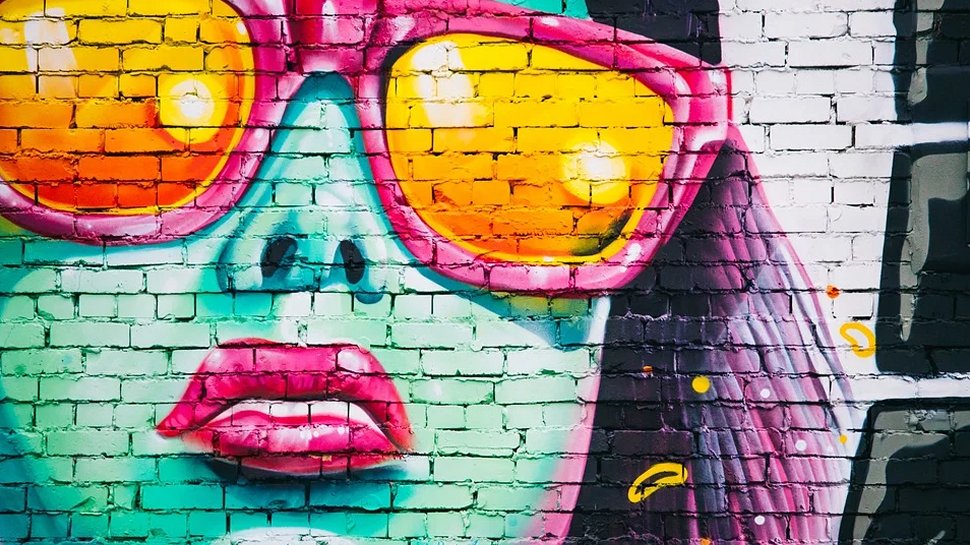Creativity is an idea of free expression, but it has a process and method to its success. Having an organized design process can help bring your conceptions to the next level. It can also reduce the chance of errors which could speed up your project time. Here are a few points that may help:
1. Get a Detailed Brief
“ask the client as many questions as you can, to understand the requirement thoroughly and eliminate any ambiguity. You may even prepare a detailed questionnaire of the How’s, When’s, What’s and Why’s and mail it to the client. This will only reflect your ownership and responsibility and build a lasting impression with the client. You need to align yourself with the client’s requirement and nail your groundwork in this step.”
2. Study & Research
“It is very important that you conduct thorough research of the client’s company and industry vertical. Apart from this, a detailed study of competitors can help you earn extra brownie points. You need to also study the various fonts, colours, patterns and design themes associated with this industry vertical, gather sources of inspiration and lay the foundation for the visual communication approach. All these factors will add value to your thought process in the steps to follow, that will ultimately reflect in your creative design.”
3. Brainstorm and Mind Mapping
“Sharing your gathered thoughts and ideas with your teammates for a second opinion will help you gain untouched insights and broaden your thought horizon further. Mind mapping, to a great extent, helps put things in place. Analyze and filter out only the most important aspects of your discussions, branch it out with relevant keywords & characteristics and prepare a neat mind map that will help you organize your information visually. This will help explain your vision verbally in front of the client; thereby avoiding any misunderstandings.”
4. Go Back to Basics & Sketch
“Disconnect yourself from the online world and go offline for this step! Gather your favourite pens, pencils and sketchpad and start putting your thoughts on paper. You need not be a pro at sketching; you simply need to make rough sketches, doodles and drawings of your gathered ideas. This will help in forming a skeleton of your idea and your artwork will start taking shape. This step will enable you to come up with a design that is original and authentic. It also creates a great impression when you present your initial sketches leading to your final design step by step, to the client.”
5. Design and Software
“Once you are satisfied with your rough sketches, you can now start designing on the computer using various design software. You can scan your sketches and doodles and trace it on any software of your choice. This can be further refined and fine-tuned with a couple of design variations. You can now experiment with various fonts and colour themes based on your initial research and prepare a couple of variants for you to select from. Keep in mind that in every stage, you do not stray from your initial brief. Every variation that you create in this phase, must be in sync with the client’s brief with a touch of your creativity and originality. It is advisable to share your designs with your teammates before presenting it to the client. Their inputs will also help you in refining and enhancing your designs further.”
6. Presentation & Timely Delivery
“This is again, a crucial step as your presentation decides how you influence your client’s response. Let’s face it, the client will always have feedbacks and change requests; but by creating mock-ups of your design along with a presentation of your entire thought process from scratch ie. your mind map and sketches, will make an everlasting impact and portray you as someone who has understood the client’s requirement and industry inside out. Even the manner in which you draft your email while sharing the presentation plays an important role. Sticking to deadlines and in fact, sharing your designs before the deadline makes you come across as a serious individual who knows their game. In the end, you need to come across as a consultant rather than simply, a designer.” Read More
In order to create great content, you must have a process to stay organized and aligned.
Love graphic design? Join our Adobe Combo program.
Error: Contact form not found.
